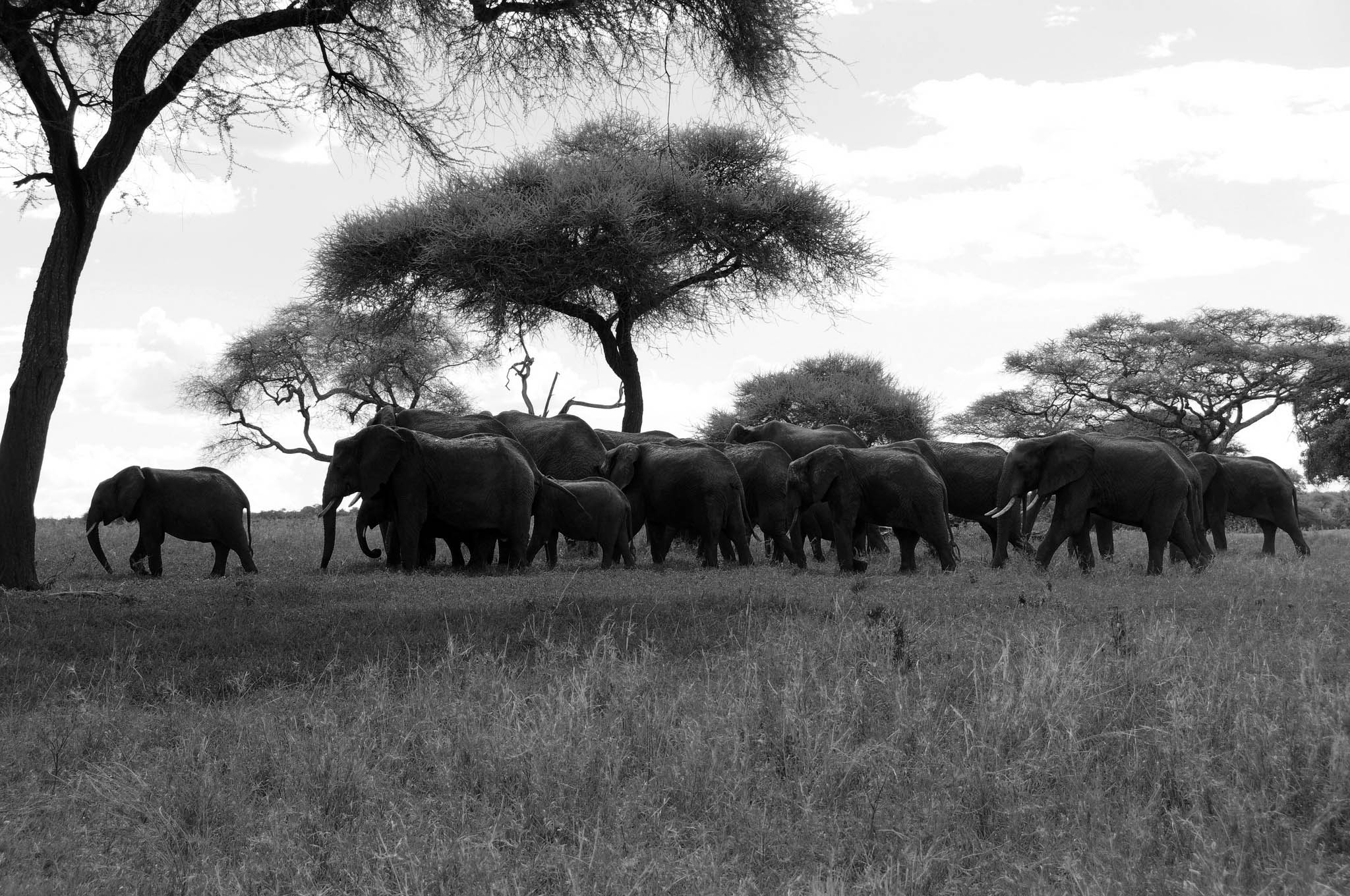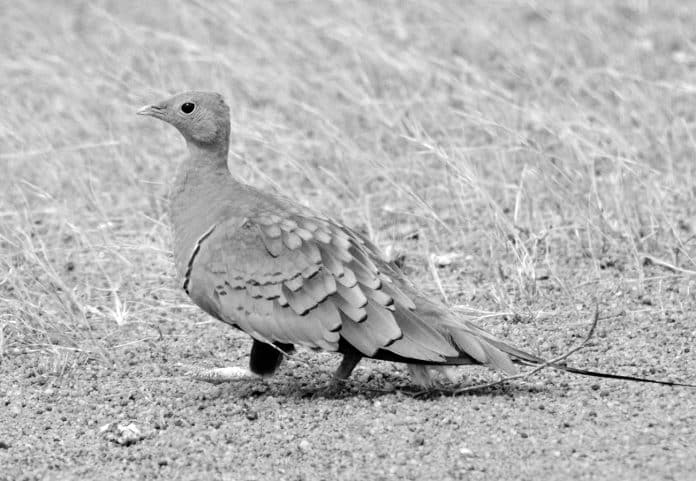The Phantom of the Tanzanian Savanna: The Chestnut-Bellied Sandgrouse, a Master of Disguise and a Living Treasure
Introduction to the chestnut-bellied sandgrouse
The Tanzanian savanna is home to a wide variety of unique and fascinating animals, but perhaps one of the most intriguing is the chestnut-bellied sandgrouse in Tanzania. With its remarkable ability to blend into its surroundings and its enchanting behavior, the chestnut-bellied sandgrouse is truly a master of disguise. In this article, we will explore the habitat, physical characteristics, behavioral patterns, and conservation efforts surrounding this living treasure, the chestnut-bellied sandgrouse in Tanzania.
The habitat and distribution of the chestnut-bellied sandgrouse in Tanzania

The chestnut-bellied sandgrouse can be found in the vast savannas of Tanzania, particularly in the Serengeti and Tarangire National Parks. These parks provide the perfect habitat for the sandgrouse, with their open grasslands and scattered trees. The sandgrouse is well adapted to this environment, with its sandy brown plumage blending seamlessly with the surrounding vegetation, making it difficult to spot.
Physical characteristics and unique features of the chestnut-bellied sandgrouse
The chestnut-bellied sandgrouse is a medium-sized bird, measuring around 30 centimeters in length. It has a distinct chestnut-colored belly, which gives it its name, and its upper body is covered in mottled brown feathers, providing excellent camouflage against the sandy soil. The sandgrouse also has a unique feature known as “cryptic coloration,” which helps it blend into its surroundings even further. This cryptic coloration is a combination of patterns and colors that allow the sandgrouse to blend in perfectly with its habitat, making it nearly invisible to predators.
The behavioral patterns and mating rituals of the chestnut-bellied sandgrouse
The chestnut-bellied sandgrouse is a social bird and is often found in small flocks. These flocks consist of both males and females and engage in various behaviors to establish and maintain their social hierarchy. One of the most fascinating behaviors of the sandgrouse is its mating ritual. During the breeding season, the males gather in a designated area called a lek and perform elaborate displays to attract females. These displays involve puffing up their chests, spreading their wings, and making a series of unique calls. The females then select their mates based on the quality of these displays.
The diet and feeding habits of the chestnut-bellied sandgrouse
The chestnut-bellied sandgrouse has a specialized diet, primarily consisting of seeds and grains. They use their strong beaks to crack open the tough outer shells of seeds, allowing them to access the nutritious inner contents. To acquire water, the sandgrouse has a unique adaptation. Rather than drinking directly from water sources, they soak their belly feathers in water and then fly back to their nests, where their chicks can drink from these damp feathers. This behavior allows the sandgrouse to efficiently transport water to their young and minimize their exposure to predators.
Predators and threats to the chestnut-bellied sandgrouse in Tanzania
While the chestnut-bellied sandgrouse possesses remarkable camouflage and survival strategies, it still faces threats from predators in the Tanzanian savanna. Large raptors such as eagles and hawks are the primary predators of the sandgrouse, as they have keen eyesight and can spot the sandgrouse even in their well-camouflaged state. Additionally, habitat loss and human encroachment pose significant threats to the sandgrouse population in Tanzania. As the savanna is converted into agricultural land and settlements, the sandgrouse’s habitat is shrinking, making it more vulnerable to predation and disturbance.
Conservation efforts and initiatives for the chestnut-bellied sandgrouse
Recognizing the importance of preserving the chestnut-bellied sandgrouse and its habitat, various conservation organizations and initiatives have been established in Tanzania. These efforts focus on promoting sustainable land management practices, creating protected areas, and raising awareness among local communities about the significance of the sandgrouse in the ecosystem. Additionally, research and monitoring programs are conducted to gather data on sandgrouse populations and their behavior, which helps inform conservation strategies and management plans.
The importance of the chestnut-bellied sandgrouse in the ecosystem
The chestnut-bellied sandgrouse plays a vital role in the Tanzanian ecosystem. As seed-eaters, they help disperse seeds across the savanna, contributing to the regeneration and biodiversity of plant species. Their feeding habits also influence the vegetation structure, as they selectively consume certain seeds, shaping the composition of plant communities. Furthermore, the sandgrouse’s cryptic coloration and ability to blend into its surroundings make it an essential part of the predator-prey dynamics, where its survival strategies have a direct impact on the population dynamics of predators and prey.
Tips for spotting and observing the chestnut-bellied sandgrouse in Tanzania
Spotting and observing the chestnut-bellied sandgrouse in the Tanzanian savanna can be a rewarding experience for wildlife enthusiasts. To increase your chances of encountering this elusive bird, it is best to visit areas with open grasslands and scattered trees, such as the Serengeti and Tarangire National Parks. Patience and keen observation skills are essential, as the sandgrouse’s camouflage makes it challenging to spot. Look for small groups of birds on the ground, and listen for their distinct calls. Binoculars or a camera with a telephoto lens can aid in observing the sandgrouse from a distance without disturbing their natural behavior.
Appreciating the beauty and significance of the chestnut-bellied sandgrouse
In conclusion, the chestnut-bellied sandgrouse is a remarkable bird that showcases the wonders of nature and the intricate connections within ecosystems. Its ability to blend into its surroundings and its unique adaptations make it a true master of disguise. As we explore and appreciate the beauty of the chestnut-bellied sandgrouse, it is crucial to recognize the importance of conserving its habitat and protecting this living treasure for future generations. By raising awareness, supporting conservation efforts, and respecting the delicate balance of the Tanzanian savanna, we can ensure the survival and thriving of this magnificent species.
For more articles related to Wildlife in Tanzania (Animals), click here!

































